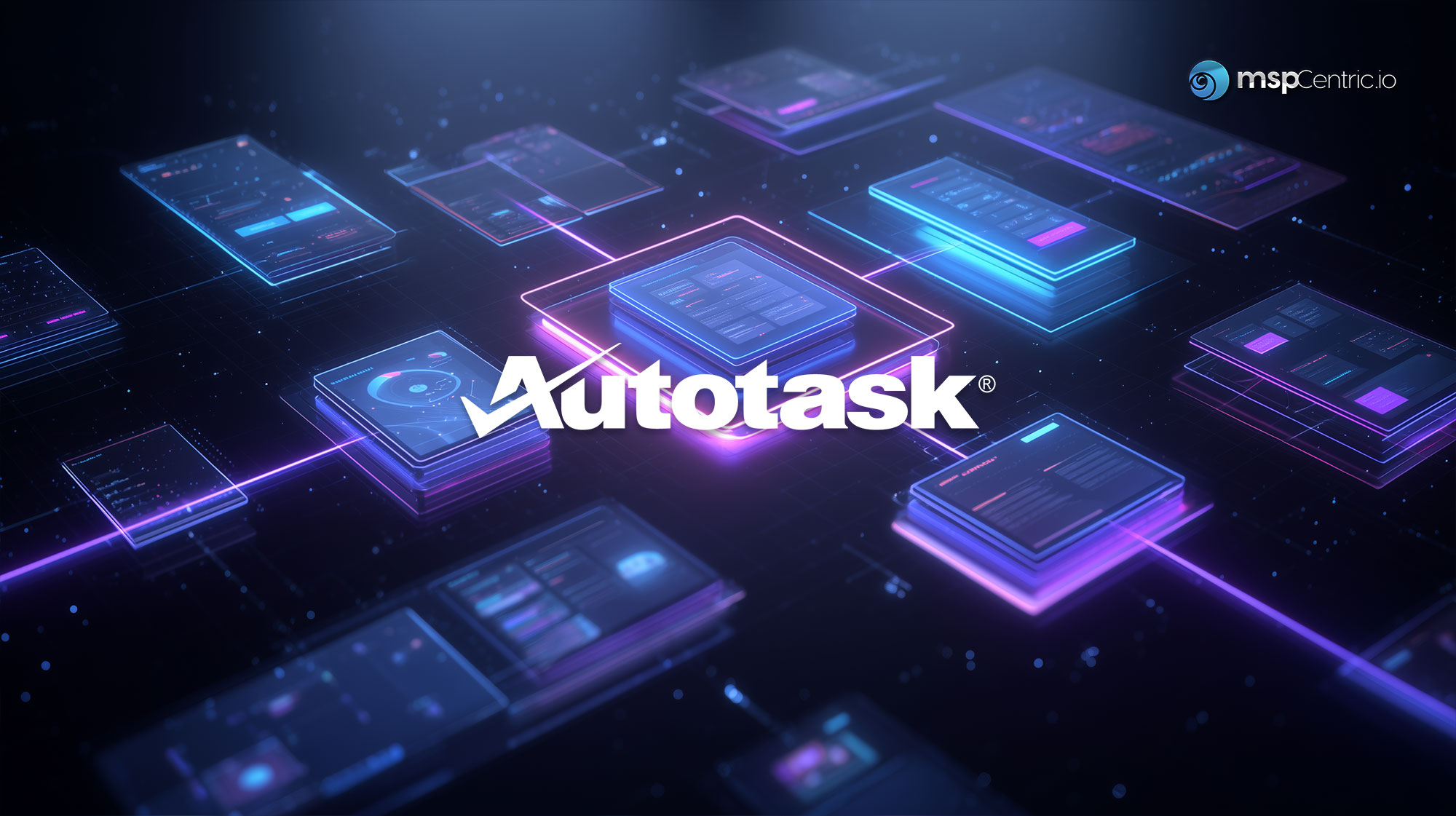ConnectWise Integration Playbook for Channel Vendors
Learn how to design and launch ConnectWise integrations that MSPs love. This playbook covers ticketing, agreements, billing, and automation workflows

ConnectWise Manage remains one of the most entrenched PSAs in the managedservices market. With a massive partner base and deep ecosystem of boards,agreements, workflows, and reports, ConnectWise is both an opportunity and achallenge for channel vendors.
This playbook walks you through how to build, launch, and scale aConnectWise integration that becomes an essential part of MSP operations, andprepares you for the shift to the new ConnectWise Asio platform.
Why ConnectWise Matters
- Large Installed Base: Tens of thousands of MSPs worldwide run their daily operations in ConnectWise.
- Workflow Control: Service boards, tickets, agreements, and billing are the operational backbone.
- Community: The ConnectWise ecosystem includes IT Nation events, user groups, and peer communities.
- Partner Expectations: MSPs demand integrations that fit seamlessly into boards, statuses, agreements, and reporting packs.
Done right, ConnectWise integration drives adoption, trust, andmeasurable revenue for vendors.
Core ConnectWise Integration Patterns
1. Ticket & Service BoardWorkflows
- Create and update tickets automatically.
- Map tickets to correct service boards, statuses, and priorities.
- Auto-close tickets when issues resolve in your product.
2. Company & Contact Sync
- Align customer records with ConnectWise Companies.
- Keep contacts in sync for ticket routing and reporting.
3. Agreements & Billing
- Push product usage, subscriptions, or licenses into ConnectWise Agreements.
- Automate billing line items to reduce reconciliation friction.
4. Configurations & Assets
- Sync devices, endpoints, or configurations with lifecycle metadata.
- Maintain links back to your product for troubleshooting.
5. Reporting & Dashboards
- Provide prebuilt ConnectWise reports that show ROI.
- Deliver dashboards to measure adoption, tickets resolved, or revenue gained.
ConnectWise API Considerations
- Architecture: REST
- Authentication: Uses API members and OAuth for REST APIs.
- Scopes & Permissions: Granular permissions required. Minimize scopes for security.
- Rate Limits: Enforced per company; batch and queue calls to stay compliant.
- Complexity: ConnectWise has one of the deepest data models. Careful mapping is required.
Preparing for ConnectWise Asio
ConnectWise is actively building its next-generation platform, Asio, which will eventually unify and replace legacy products like Manage. This meansthat future-proofing your integration strategy is critical:
- Plan Ahead: Design integrations with abstraction layers so workflows can be re-mapped to Asio endpoints without a full rebuild.
- Monitor Roadmaps: Follow ConnectWise developer updates for API timelines and migration guides.
- Partner Communication: Be transparent with partners about migration plans and how your integration will evolve.
- Dual Support: Expect a period of supporting both Manage (legacy) and Asio simultaneously.
By anticipating the shift to Asio now, vendors can avoid costly reworkand maintain credibility with partners through the transition.
Partner Experience Best Practices
- Guided Setup: Include ConnectWise service board and agreement selection.
- Default Mappings: Provide defaults for boards, statuses, and ticket types.
- Error Handling: Show plain language explanations for failed API calls.
- Documentation: Include screenshots from ConnectWise boards, agreements, and reports.
- Workflow Recipes: Publish guides like “Alert to Service Ticket” or “Usage to Agreement.”
- Test Mode: Allow validation before going live.
Ecosystem Orchestration with ConnectWise
- IT Nation Access: Leverage events, user groups, and online forums.
- Marketplace Listings: Keep your ConnectWise Marketplace listing up to date.
- Community Content: Co-create success stories with MSP partners.
- Trust Building: Tie incentives to usage and adoption, not vanity metrics.
90-Day Execution Plan
Weeks 1-2:
- Define partner outcomes and key workflows (ticket + billing).
- Map integration requirements against ConnectWise data model.
- Begin monitoring Asio roadmap for migration planning.
Weeks 3-6:
- Build MVP integration (ticketing + agreements).
- Publish setup guide and troubleshooting content.
- Launch or refresh ConnectWise Marketplace listing.
Weeks 7-10:
- Run integration workshops and clinics with MSP partners.
- Capture partner success stories.
- Add asset/configuration sync to deepen integration.
Weeks 11-13:
- Expand into reporting packs or dashboards.
- Launch integration adoption dashboard.
Metrics to Track
- Integration install and activation rate.
- Time to first synced ticket or agreement.
- Active partner usage by workflow.
- Ecosystem-sourced opportunities and revenue.
- Support case deflection via automation.
FAQ
What’s the hardest part of ConnectWise integration?
Field mapping for service boards and agreements. MSPs customize heavily, sodefaults and templates are key.
How do we handle API permissions?
Use least privilege scopes. Provide clear explanations for each scoperequested.
How should we prepare for ConnectWise Asio?
Abstract workflows, monitor API updates, and expect dual support duringmigration.
What makes an integration MSP-centric?
It aligns with service boards, agreements, and daily MSP workflows, not justdata dumps.
Quick Checklist
- Tickets map cleanly to service boards and statuses.
- Agreements handle usage and billing data.
- Companies and contacts sync reliably.
- Configurations map lifecycle metadata.
- Setup guide, workflow recipes, and marketplace listing published.
- Integration adoption dashboard live.
- Migration plan for ConnectWise Asio in place.
Get your checklist free copy:
Subscribe to our newsletter today
Stay tuned for all things MSPCentric and PSA integrations.



